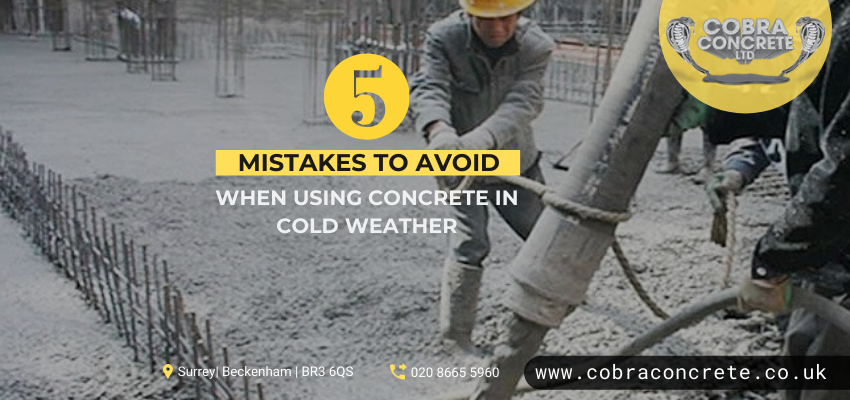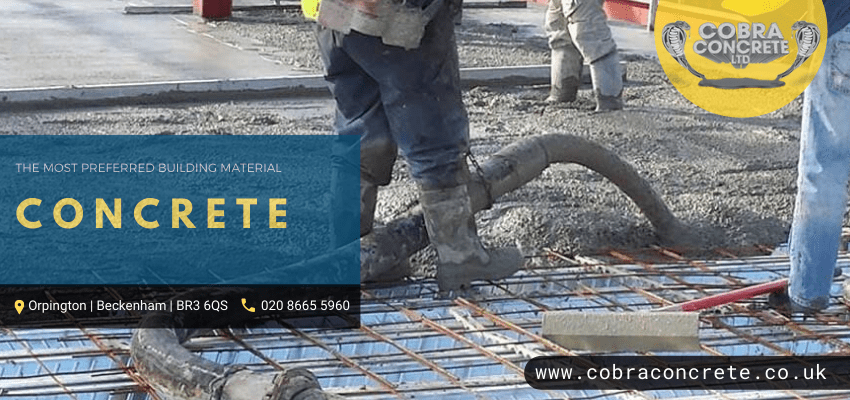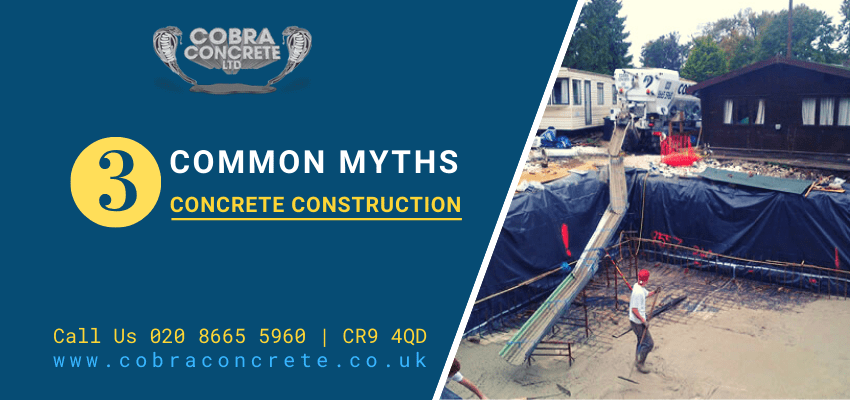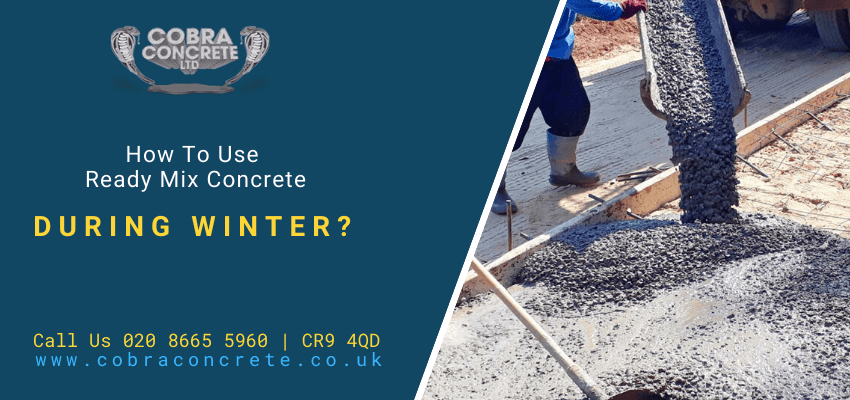Concrete is one of the most sought after human-made building material. It is a staple element for construction projects for its excessive strength and heat-proof elements. These are the factors that have helped it to gain immense popularity. Concrete, in general, is very durable, but still, it is not free from a few specific weaknesses. Unless some measures are taken, then there are chances that the concrete might fail to hold on to its sustainability. Here is an attempt to explore the four most important reasons why concrete ought to fail and the ways to prevent such an occurrence as you are availing concrete in Orpington.
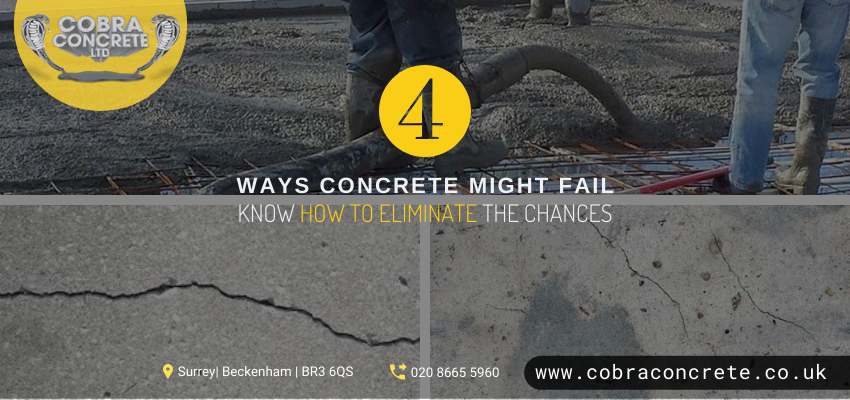

Four ways concrete might fail and how to eliminate the chances
Inappropriate raw materials resulting in low-quality concrete
There are many instances when the raw materials can be solely blamed for the failure of the concrete. If the selection of raw materials will be wrong, then the quality of the concrete will hamper to a great extent. The ratio of the raw materials should be determined carefully as the quality of mixed concrete mainly depends on it. If the ratio won’t be perfect, then the concrete will tend to break at a faster rate and won’t have the required strength. To avoid such a consequence, be sure about the type and proportion of the raw materials. It will help if you put in adequate research before deciding on getting concrete in Orpington.
Poor finishing during application leading to trapped air in the concrete
It is a common problem encountered while applying the concrete. Due to poor finishing, some amount of water and air bubbles tend to get trapped within the concrete particles. This can cause exponential damage to the concrete structure by reducing its strength and making it weaker. Adequate care must be used to keep the air content around 3% and to ensure that the concrete is not suffering a premature finishing. It is also essential to properly maintain the manufacturing conditions to prevent the air from getting trapped within.
Cracks in concrete due to the reaction between alkali and silica
There are cases when the aggregates contain silica and alkali. As they are exposed to humid condition, a sort of gel formation occurs, and then the concrete tends to crack. These result in crumbling of the concrete structure. To prevent this, one should be careful about not letting the silica content in the aggregate gets exposed to humid conditions.
Choosing the wrong type of concrete overloading concrete exceeding the point of failure
Concrete comes in different varieties, and each of them bears a different kind of strength. Based on that the type is chosen. For instance, if the structure needs to support considerable weight, then reinforced concrete needs to be used. Hence, if the wrong variety is determined by mistake or to cut the cost, then there are chances that structure will fail when heavy loads are exerted. To avoid such an instance, choose the right type and do not indulge in overloading the structure beyond the specified limit. The best option to have the highest quality concrete would be choosing a reputed concrete supplier. Cobra Concrete is a trusted name in the specific domain. Count on them to have your structure made of concrete in Orpington strong and sturdy always.


